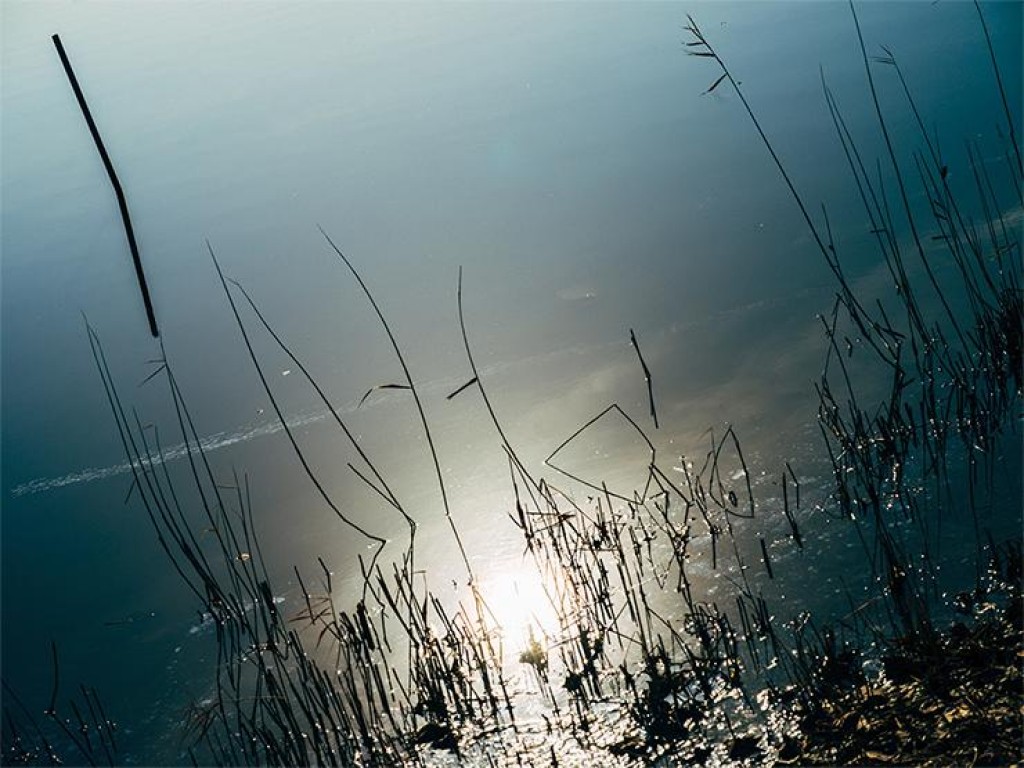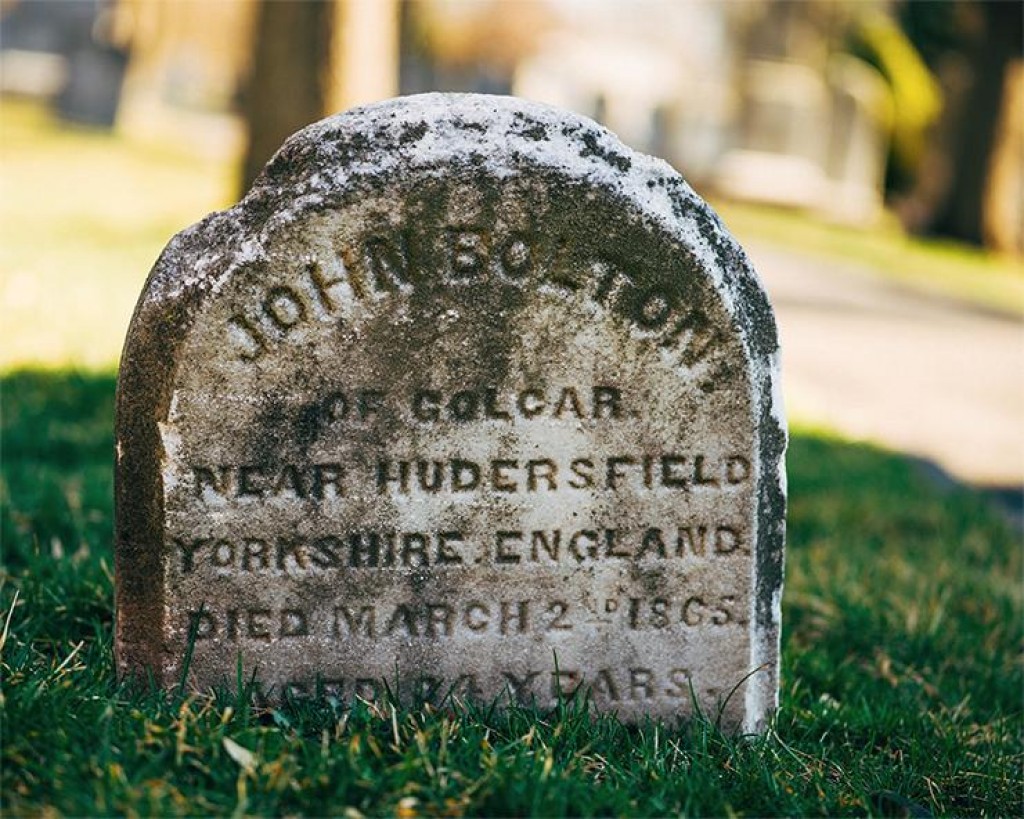
PROS
- Extremely sharp.
- Minimal distortion.
- Short telephoto field of view.
- In-lens shutter.
CONS
- Modest aperture.
- Dim corners at wide aperture.
- Long minimum focus distance.
BOTTOM LINE
The Hasselblad XCD 3,2/90mm captures a field of view that’s a little tighter than your average standard-angle lens and is extremely sharp.
Design
The 3,2/90mm$2,995.00 at Amazon measures 3.9 by 3.0 inches (HD), weighs 1.4 pounds, and supports 67mm front filters. It’s on the long side for the slim X1D body due to its short telephoto focal length, but balances well. The lens is finished in black, with a metal barrel and a rubberized focus ring. A metal lens hood is included. It secures tightly to the barrel, and has arrow indicators to let you know the correct attachment point for its standard orientation for shooting, or its reverse orientation for storage and transport.

Due to the larger-than-35mm sensor in the X1D, the 90mm lens covers a field of view that’s about equal to a 70mm prime on a full-frame system. It’s a fine option for portraiture, but the long minimum working distance—2.3 feet (0.7-meter)—means you’ll find yourself backing up to grab a shot in a tight space. If you want to work closer, you’ll need to wait for the XCD Macro 3,5/120mm, which is set to ship later this year.
Like all XCD lenses, the 90mm has an in-lens leaf shutter. It can stay open at set durations between 60 minutes and 1/2,000-second, and due to its design can sync with a flash at any duration. Cameras that use focal plane shutters typically sync at 1/250-second at the fastest, so a leaf system is appealing to photographers who often employ flashes.
A motor drives focus in both manual and autofocus. But unlike other lenses with electronic manual focus, the 90mm’s focus ring has quite a bit of tension, so you get a similar sensation of tactile feedback when turning it. Mirrorless lenses often deliver a disappointing manual focus experience, but that’s not the case here.

The lens is an f/3.2 design, which is a narrower maximum aperture than similar lenses for 135 format systems. It’s easy to find an 85mm f/1.4 or f/1.8 prime for a smaller sensor, either of which will capture images with a shallower depth of field. Medium format lenses typically have narrower apertures than those designed for 135 systems. The Hasselblad HC 2,2/100mm is an exception. It can be used on the X1D via an adapter, but our tests show it to be not as crisp as the XCD 3,2/90mm, even when stopped down.
Image Quality
I used Imatest to check sharpness with the lens paired with the 50MP X1D. It puts up very solid scores on the center-weighted test. At f/3.2 it notches 4,199 lines per picture height, close to double what we want to see from a high-resolution camera at minimum. Image quality is strong from edge to edge, with the periphery of the frame showing 4,116 lines.

Resolution improves as you narrow the aperture. The lens shows 4,656 lines at f/4, 4,770 lines at f/5.6, and 4,707 lines at f/8. Diffraction cuts into resolution at narrower f-stops, but it remains a solid performer at f/11 (4,454 lines), before underperforming at f/16 (3,804 lines), f/22 (2,765 lines), and f/32 (1,805 lines).
Images show no visible distortion. There is some corner dimness at f/3.2 (-1.9EV), f/4 (-1.7EV), and f/5.6 (-1.4EV), but at narrower apertures the corners are within one f-stop of the center in illumination. Dim corners give images a slight, natural vignette, so some portrait shooters may actually like the look. But if you are shooting a landscape or similar image with the lens, you can use Lightroom CC or a similar Raw conversion tool to bring the brightness of the edges of the frame in line with the center with a simple adjustment.

Conclusions
The Hasselblad XCD 3,2/90mm is an optical gem, with a focal length that is sure to appeal to portrait photographers. The maximum f/3.2 aperture doesn’t blur backgrounds to the same extend as an f/1.4 or f/2 lens, so you’ll want to be careful of what’s behind your subject. It’s a little large, and like most medium format glass on the pricey side. But the large size is required to deliver excellent optics, along with an integral leaf shutter and a pleasant manual focus experience, both of which are sure to please photographers serious enough to invest in medium format equipment.
Sоurсе: pcmag.com









































